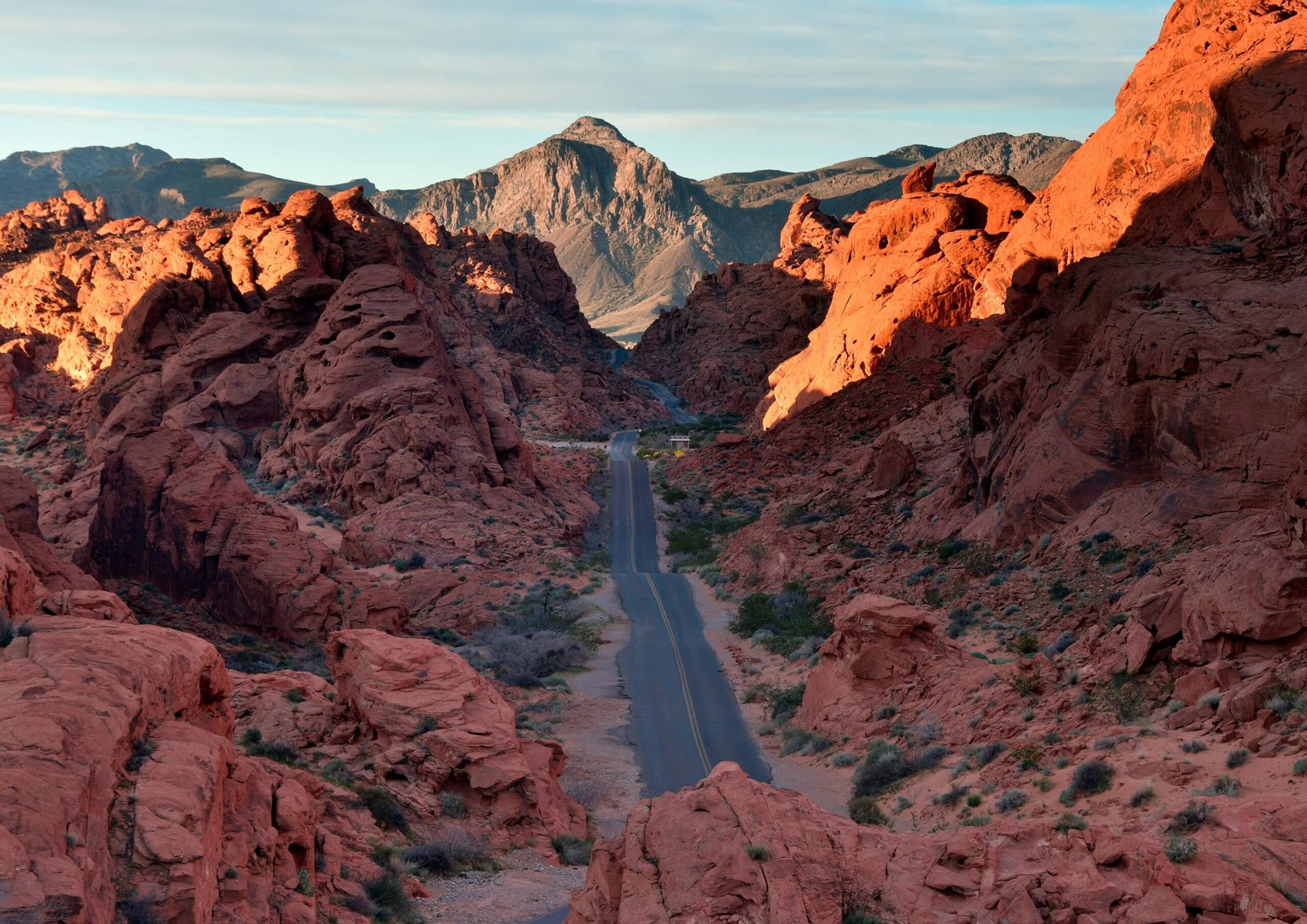
Exploring the Vegas Desert: Your Ultimate Guide
When you think of Las Vegas, neon lights and casinos probably come to mind. However, just beyond the city’s glow lies the vast and beautiful vegas desert. This unique landscape offers incredible adventures for nature lovers and thrill-seekers alike. Therefore, understanding this environment is key to truly appreciating it. This guide will walk you through everything you need to know.
What is the Vegas Desert Called?
The area surrounding Las Vegas is part of a larger, famous ecosystem. Specifically, the land around Vegas is the Mojave Desert. It is famously the driest desert in North America. In addition, it is known for its extreme temperatures and unique geological formations. This environment, while harsh, is full of life and stunning beauty.
Wildlife and Plants in the Vegas Desert
The Mojave Desert is home to a surprising variety of species adapted to its tough conditions. Consequently, you can find creatures and plants here that exist almost nowhere else on Earth. Taking the time to observe them is a rewarding experience.
Unique Desert Flora
The plant life is both resilient and fascinating. For example, you will find several key species that define the landscape.
- Joshua Trees: These iconic, spiky trees are a symbol of the Mojave. They create a truly unique skyline, especially at sunset.
- Creosote Bush: This is one of the most common plants in the area. It releases a distinct earthy smell after it rains.
- Brittlebush: During the spring, these shrubs produce bright yellow flowers. This adds a beautiful splash of color to the landscape.
Resilient Desert Fauna
Animals in the desert are often most active at dawn or dusk to avoid the heat. As a result, patience is key to spotting them. Keep your eyes open for these residents.
- Desert Tortoise: This is Nevada’s state reptile. It is a protected species that lives a slow and steady life in the arid climate.
- Coyotes and Kit Foxes: These clever predators are common but usually shy away from humans. You might hear their calls at night.
- Bighorn Sheep: You could spot these majestic animals navigating the rocky cliffs. They are frequently seen in areas like Red Rock Canyon.
Must-Visit Parks and Natural Areas Near Las Vegas
Exploring the desert is easy thanks to several well-maintained parks. These places offer trails, visitor centers, and breathtaking views just a short drive from the city.
- Red Rock Canyon: Located just west of Las Vegas, it offers a scenic drive, hiking trails, and world-class rock climbing.
- Valley of Fire State Park: It is famous for its stunning red Aztec sandstone formations. These rocks appear to be on fire when reflecting the sun.
- Lake Mead National Recreation Area: This area provides a sharp contrast to the dry desert with its massive reservoir. It is perfect for boating and swimming.
Tips for a Safe Desert Adventure in 2025
The desert can be dangerous if you are unprepared. Therefore, always prioritize safety during your visit. Following these simple tips ensures a positive and memorable experience.
- Stay Hydrated: Always carry more water than you think you will need. A good rule is one gallon (4 liters) per person per day.
- Protect Yourself from the Sun: Use sunscreen, wear a wide-brimmed hat, and choose lightweight, light-colored clothing.
- Check the Weather: Temperatures can swing dramatically from day to night. Furthermore, flash floods are a risk during monsoon season.
- Tell Someone Your Plans: Let a friend or family member know where you are going and when you expect to return.
In conclusion, the Vegas desert is so much more than an empty expanse. It is a vibrant world filled with unique life and spectacular scenery. By stepping off the beaten path, you can discover a side of Las Vegas that many visitors miss. So, on your next trip, take some time to explore the wild beauty of the Mojave.